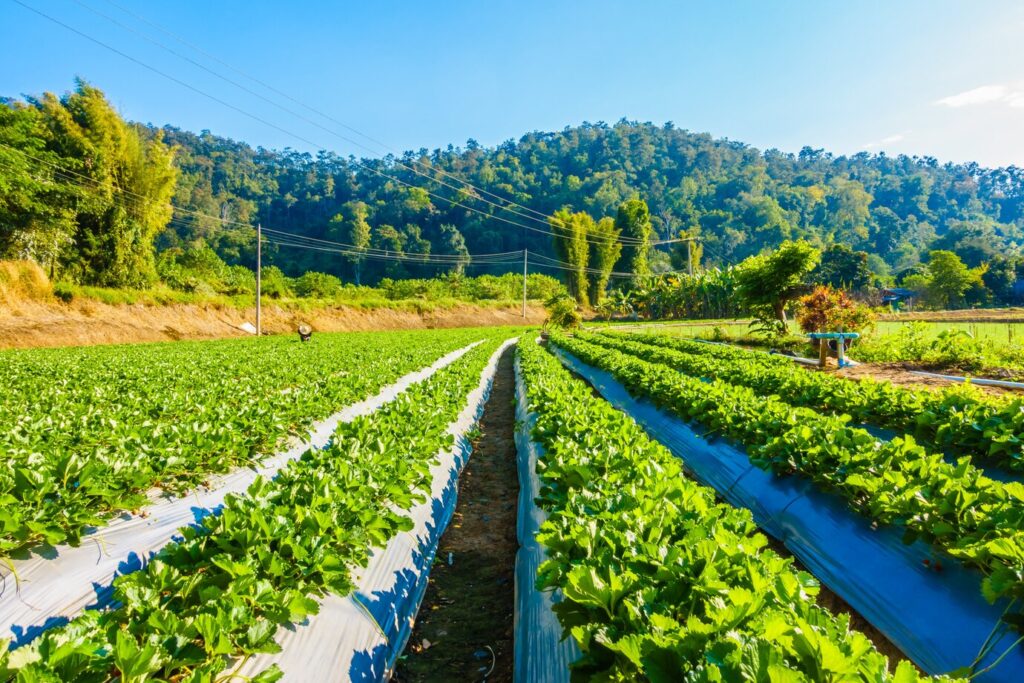What happens to the waste we flush down our toilets? For many communities across the U.S., it ends up on farm fields in the form of biosolids—solid byproducts from wastewater treatment plants. While biosolids are rich in nutrients and have long been used as fertilizer, concerns are mounting over their potential contamination with harmful chemicals, particularly per- and polyfluoroalkyl substances (PFAS).
What Are PFAS, and Why Are They a Concern?
PFAS, often called “forever chemicals” due to their persistence in the environment, are used in a variety of consumer products, including nonstick cookware, waterproof clothing, and firefighting foams. These chemicals do not break down easily and can accumulate in soil, water, and even our food.
Recent studies have shown that PFAS can make their way into wastewater systems through industrial discharges and household products. Once in the system, these chemicals become concentrated in biosolids, which are then spread on farmland. The result? PFAS can seep into the soil, contaminate groundwater, and ultimately end up in the food we eat.
The Impact on Agriculture and Public Health
Farmers who rely on biosolids to enrich their soil may unknowingly be introducing PFAS into their crops and livestock. Research suggests that plants can absorb PFAS from the soil, and livestock can ingest these chemicals through contaminated water and feed. This raises concerns about long-term exposure to PFAS through the food chain.
Health experts warn that PFAS exposure has been linked to serious health issues, including:
- Increased risk of certain cancers
- Hormonal disruptions
- Immune system suppression
- Liver and kidney damage
For consumers, this means that everyday staples like vegetables, dairy, and meat could carry trace amounts of these harmful chemicals.
Addressing the Issue: What Can Be Done?
Regulators and scientists are working to better understand and mitigate the risks associated with PFAS-laden biosolids. Some potential solutions include:
- Stronger Regulations: The Environmental Protection Agency (EPA) is evaluating PFAS contamination in biosolids and considering stricter guidelines for their use in agriculture.
- Improved Wastewater Treatment: New technologies that filter out PFAS before biosolids are applied to fields could help reduce contamination.
- Alternative Fertilizers: Farmers may need to explore alternative soil amendments that do not pose the same risks as biosolids.
What Can Consumers Do?
While systemic changes take time, individuals can take steps to minimize their exposure to PFAS:
- Stay Informed: Follow news and research about PFAS contamination and its impact on food and water safety.
- Support Policy Changes: Advocate for stricter regulations on PFAS use and contamination limits in biosolids.
- Choose Organic or Local Foods: Some organic farms avoid biosolid fertilizers, reducing the likelihood of PFAS contamination.
The growing awareness of PFAS in biosolids highlights the need for urgent action to protect public health and food safety. As research continues, balancing the benefits of biosolids with the risks of contamination will be crucial in shaping future agricultural practices.

